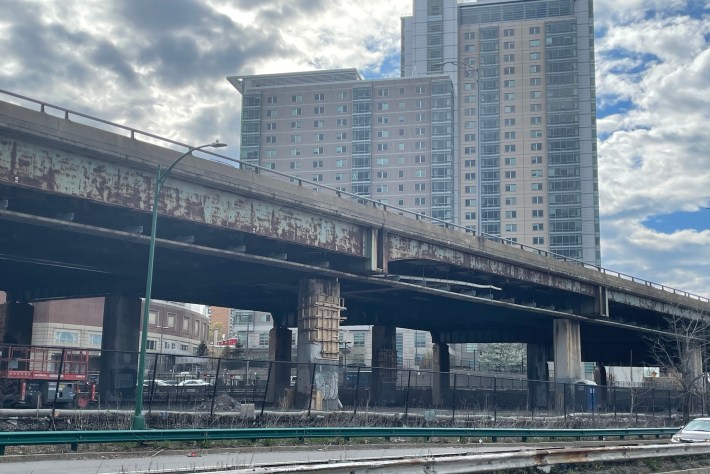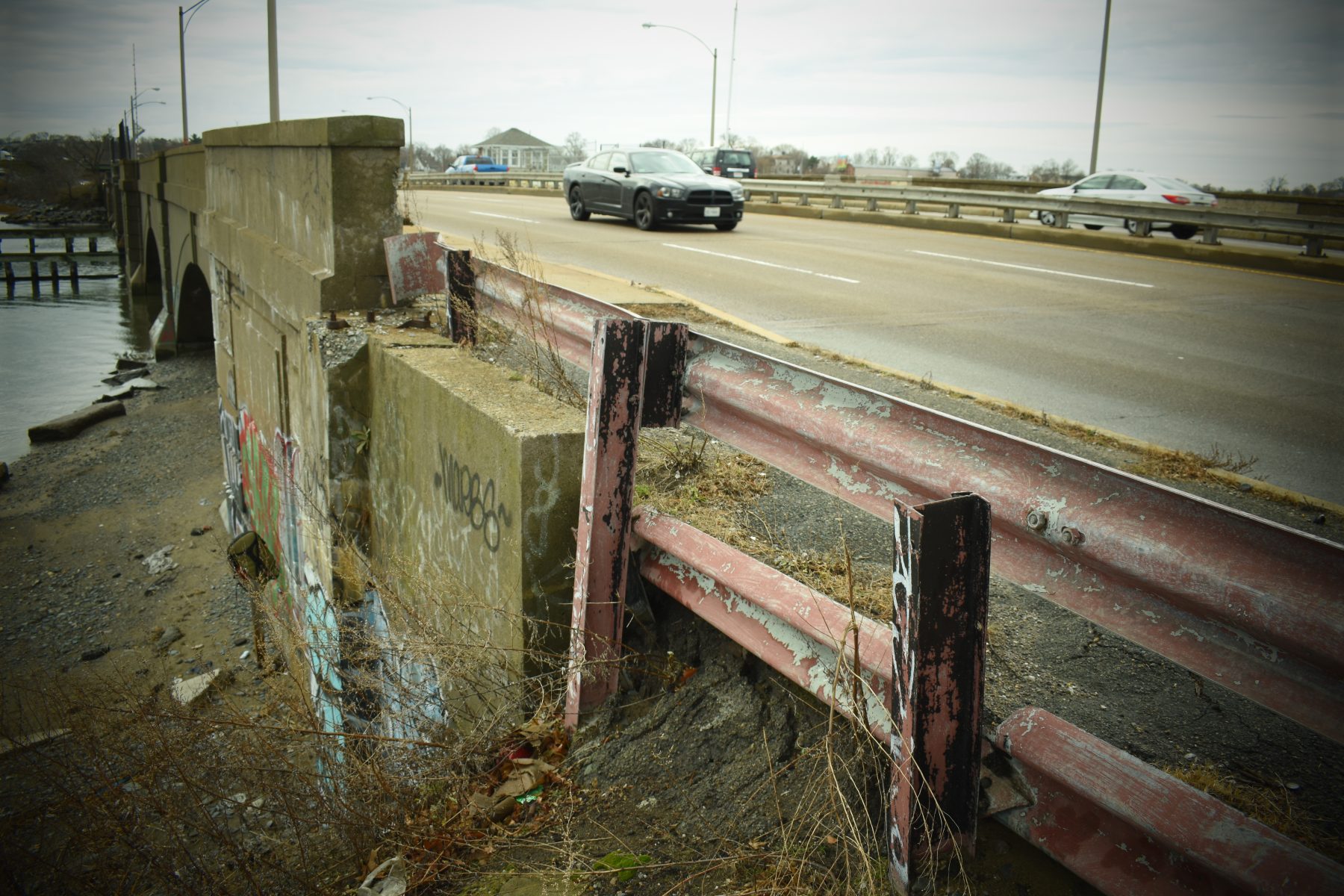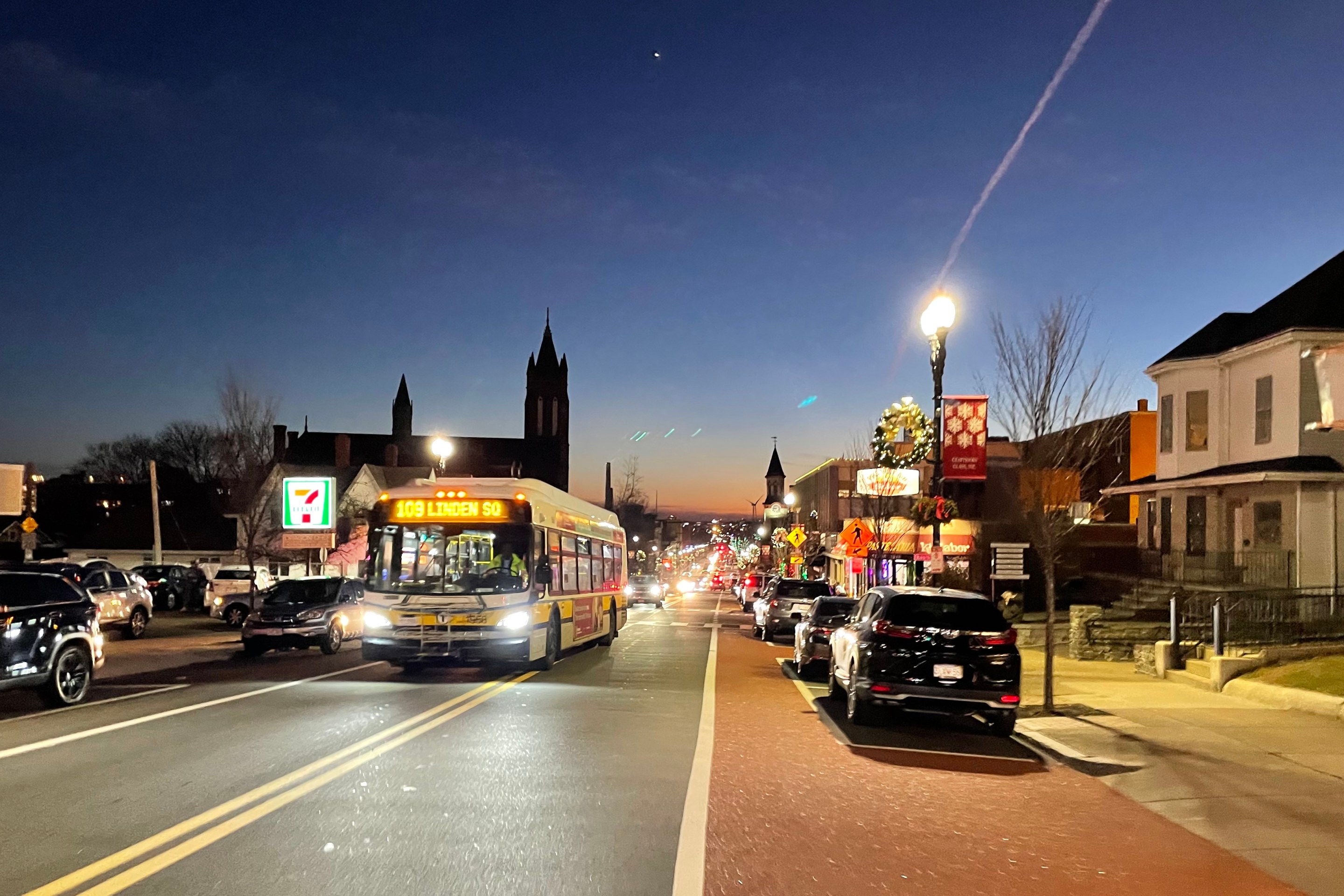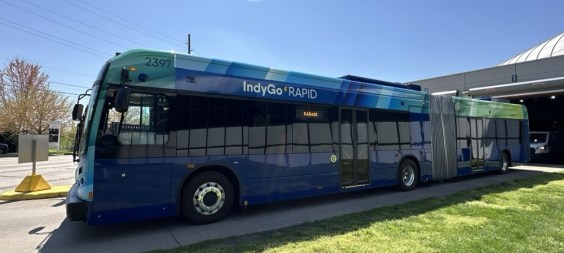MassDOT Highway Administrator Jonathan Gulliver says that the state’s roadways are at a “critical inflection point” with aging assets, a surge of new funding from Fair Share, and an urgency to deliver safer infrastructure, faster.
Gulliver spoke at a September 24th event with the Greater Boston Chamber of Commerce on the “State of the Highways & Bridges”, their latest meeting in their “Transportation First” series.
Jim Rooney, president and CEO of the Greater Boston Chamber of Commerce, opened the session with a framing of the “Transportation First” series, highlighting housing, climate, economic mobility, and regional competitiveness. He emphasized that transportation isn’t a “stand-alone” issue, but rather the “thread that ties everything else together.”
MassDOT Highway Administrator Jonathan Gulliver reflected on MassDOT’s focus for the past year, from modernizing project delivery and cutting red tape, to making design safer, faster, and more transparent.
The Four 'Disruptors'
The discussion then turned to what Gulliver called the “program disruptors”, or the four forces shaping how MassDOT manages projects statewide: safety, congestion, climate, and aging infrastructure.
Crash data indicates that Massachusetts ranks as the safest state in the country, but still averages roughly one roadway death per day. During the pandemic, that number spiked to nearly 400 deaths a year, underscoring how fragile progress can be.
Gulliver emphasized MassDOT’s shift toward a “Safe System” approach, or designing roads that anticipate mistakes rather than punish them. Weekly fatality reviews are now standard practice, helping the agency respond to patterns more quickly. He pointed to Worcester’s “peanut” roundabout at Kelley Square, which has reduced crashes dramatically, and new wrong-way ramp detection systems that trigger alerts and send notifications directly back to MassDOT operations.
Traffic, Gulliver said, is “fully back” from its temporary decline during the Covid-19 pandemic. As the state looks to major events next summer like the World Cup, MassDOT is already working with cities and employers to encourage remote work and off-peak travel on some of the highest traffic days.
Climate change continues to prove itself to be a particularly costly and harmful disruptor. Gulliver cited historic flooding in Leominster, where ten inches of rain fell in just six hours, as a warning sign of what’s yet to come.
Gulliver said that the department is exploring fleet electrification, solar installations over park-and-rides, and even pilot projects using low-embodied-carbon concrete to ensure the state is “not just reacting to climate… trying to get ahead of it.”
Notably, beyond brief mentions of walking trails like the Emerald Necklace, and a case study regarding encouraging drivers to use the Blue Line and commuter rail during the Sumner Tunnel shutdowns Gulliver did not mention any concerted efforts to shift more trips to walking, biking, and transit – things that will be necessary for the state to meet its climate goals.
Aging infrastructure, rising costs
Finally, Massachusetts has the oldest bridge inventory in the nation, with 34 closed bridges (that is up about 27 percent in the last decade) and others propped up by shoring systems or hindered by restricted loads.
The urgency this creates is pushing new programs and expediting funding to speed up repairs, modernize standards, and support cities and towns that can’t meet this moment on their own.
Gulliver delved into the potential of the state’s capital program, noting the work of the Transportation Finance Commission over the past few years to help finance critical transportation projects.
In this capital program, the value of construction projects is slated to grow from $4.7 billion to $7.9 billion – a 69 percent jump.
Speaking to the positive impact of the Fair Share Amendment, Gulliver praised how working at the state level for funding has made it much easier and faster to put money in motion on infrastructure projects. By borrowing against future Fair Share revenues, the state has been able to issue $1.85 billion in bonds for transportation projects.
He suggested that the new Fair Share funding could let Massachusetts finance and build projects more quickly.
“We can be faster at putting some of this money out, we don’t have to have all the strings attached that we do with our federal highway money, that slows things down,” he said.
Gulliver also discussed an upcoming pilot program that will leverage prefabricated bridges for smaller, closed community bridges across the state, and updating the over 20,000 culverts across Massachusetts that protect against flooding.
These funding streams will also be used to address unpaved roads, which are particularly salient in the Berkshires, the Cape, and North Shore. This program, put into motion by Rep. Natalie Blais adding it to legislation over the last couple years, will provide cities and towns with best practices and funding so that they can ensure the roads are safe and “preserve the character of the roadways.”
Megaprojects in limbo
Gulliver then discussed how the changing federal funding landscape and escalating construction costs have changed the way the state implements large infrastructure projects.
The state’s plans to replace the Sagamore and Bourne bridges on Cape Cod are only partially moving forward. The state has financing lined up to build a new Sagamore Bridge, but the Bourne Bridge still needs billions of dollars before it can proceed.
The Allston I-90 project, as previously reported, is in an even more challenging spot. After losing $335 million due to the federal government’s grant slashing, work already in the design process was put on hold.
To sustain some momentum, though, MassDOT plans to shrink the core project down, move forward with a study to find opportunities to keep the project in motion, and take on smaller projects as priority, like the Cambridge Street Bridge and the Grand Junction Railroad Bridge.

While it will be some time before transportation becomes a federal priority again, Gulliver is hopeful for the return of grant opportunities like the Reconnecting Communities program.
“We’re very hopeful, like everybody else, that we’re going to see a return of grant opportunities in the next few years with another administration change, and we want to be well-positioned to take advantage of it,” said Gulliver.
After his presentation, Gulliver, Jim Rooney, and Diana Szynal engaged in a moderated discussion and audience Q&A.
The panel acknowledged how Fair Share “unlocks projects that don’t fit neatly into federal buckets,” which helps fund everything from local bridges and intersections to walking trails and climate resiliency.
When looking at diversifying funding streams, Gulliver said Massachusetts isn’t actively pursuing public-private partnerships, as they are in a “good place for now” due to Fair Share bonding and stable federal formula funds, but may revisit the idea if need be. He also noted that U.S. material costs are expected to rise due to the new tariffs, pushing up steel and concrete prices
Szynal spoke to the needs of Western Massachusetts, including Exit 41 in Westfield, the North End Bridge replacement in Springfield, the Longmeadow Curve on I-91, and improvements to Route 2 and Route 9, which Gulliver acknowledged and credited policymakers like Rep. Natalie Blais and Sen. Jo Comerford for their advocacy.
She also shared an example of some local transportation innovation from her hometown of Hatfield, where officials filed legislation to legalize golf carts on town roads. Szynal described this as a “a small but creative step toward keeping cars off the road.”
Looking towards the future, the panel discussed electric vehicles. Gulliver confirmed that the state is continuing with the National Electric Vehicle Infrastructure (NEVI) rollout, after recovering funding through a multistate lawsuit, and provided his thoughts on how “hydrogen-powered electric motors may emerge within 20 years.”
In closing, Gulliver offered his vision of a bright transportation future, one “where cars, trains, and other modes are fully interconnected and equitable, so people in every town can move quickly and efficiently.”
You can watch the full recording of the meeting here.






